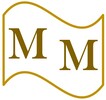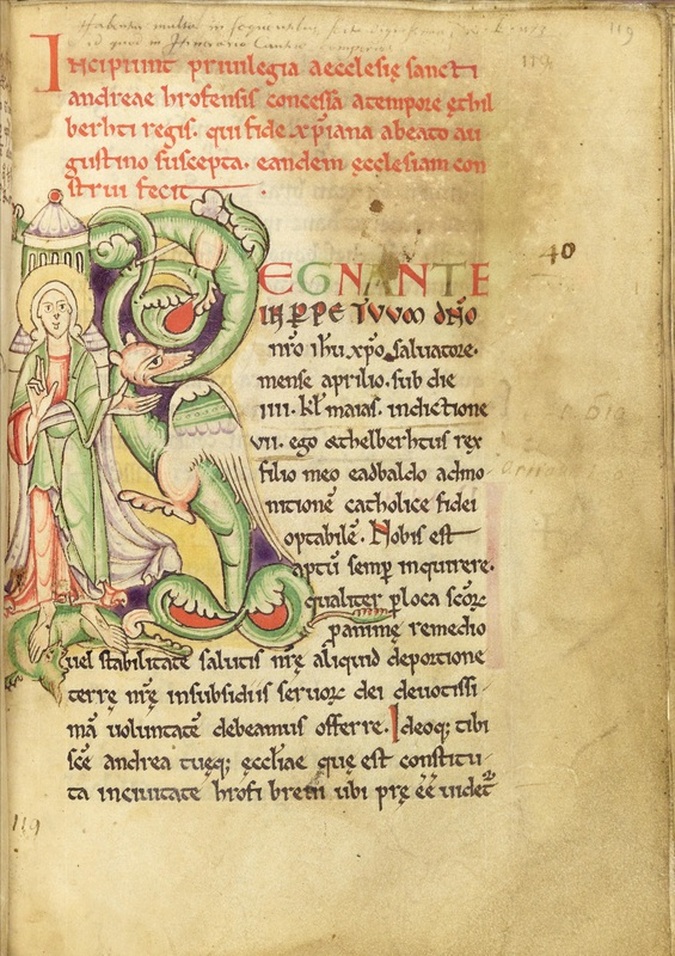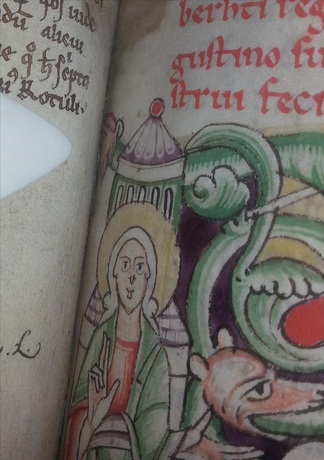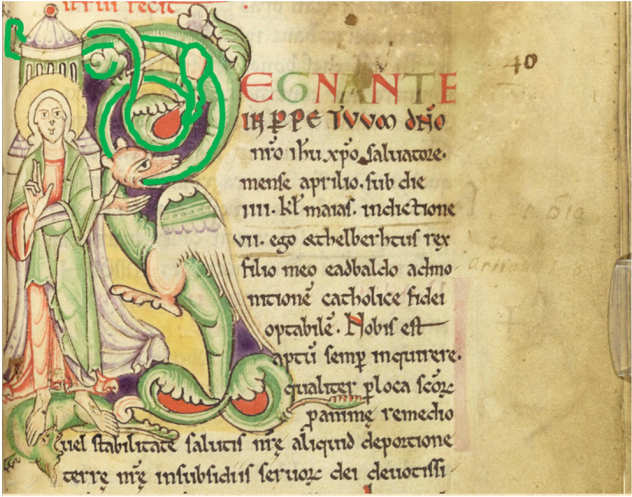3 Comments
Huscarl1066
8/11/2014 11:23:43 am
It looks as though the top 'beast' is being driven out by the good winged dragon. The 'beast' probably represents Paganism (devil) being replaced by Christianity.
Reply
Chris (the Anglo-Saxon Monk)
9/11/2014 03:56:02 am
Thanks Huscarl1066. That is certainly an intriguing observation. I had an email from someone who was at my talk which queried whether the unidentified beasty was passing through the dragon's mouth. I think it is because biting beasts is a very common motif in early medieval English art. So your idea of the dragon driving out the beast has me thinking. The only thing is that the 'human' figure is likely Christ, and he is more likely to be associated with a dragon that also represents Satan (compare Revelation chapter 12). So it is difficult to see how the dragon is meant to be good in this instance, though I don't think we should rule that out.
Reply
Leave a Reply. |
Details
|




